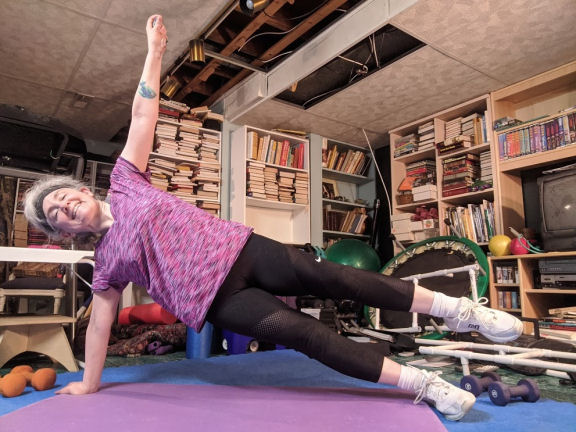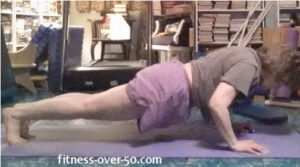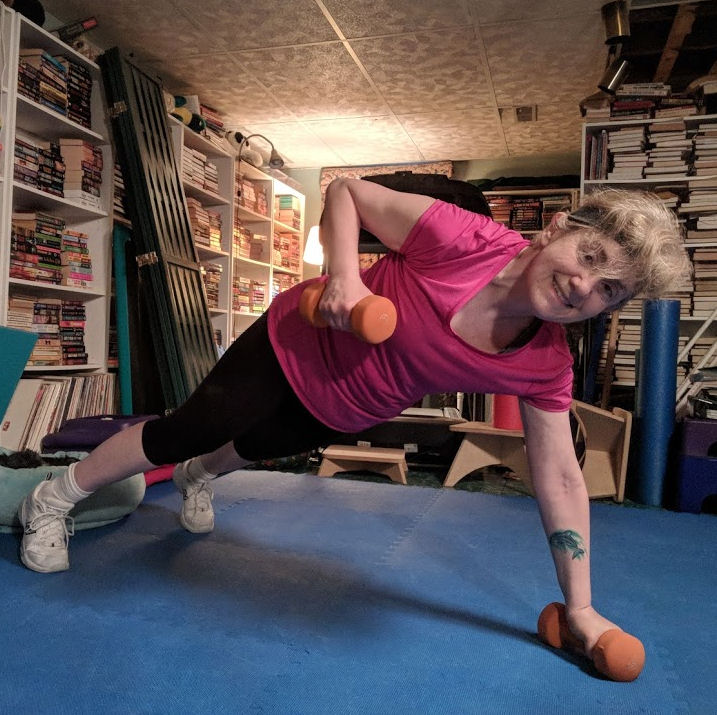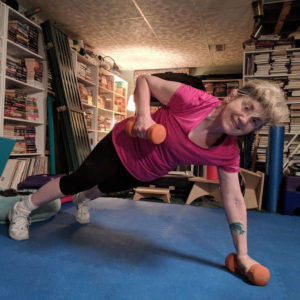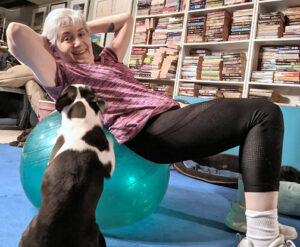Is this the easy fix everyone’s been waiting for?
I was a fat kid. I wrote that for my “About” page for this blog lots of years ago. Back when I was that fat kid, I wanted that easy fix for weight loss, that pill to swallow that would make me skinny. I went on diet after diet, trying to lose weight the easy way, by cutting out way too much food. But that’s what we did back then. When I was in high school I was finally sick and tired of being bullied. I wanted to get into the exclusive dance club. So I did it the hard way. I lost weight by watching everything that went into my mouth and by jumping rope for hours on end on the cement slab behind the house. The weight came off and stayed off all these years later.
Everyone’s on Ozempic
I had a dentist appointment last week, and she asked if I was on any medication, one of the standard questions. I gave my standard answer, “No.” And she said that many of her patients are on Ozempic to lose weight. People seem to think it’s the easy fix for weight loss that I wanted when I was younger.
Would I take it?
And that got me thinking. Would I take it now to lose weight? I don’t know for sure, but I’d like to think my answer would be, “No.” Ozempic is not a drug that’s listed for weight loss. It’s a drug for Type 2 Diabetes. Long-term effects haven’t been studied in otherwise healthy people who take it to lose weight. So, what could it be doing to healthy people’s systems? Rhetorical question, there. And when you stop taking the drug, many people gain the weight back, as with any weight-loss drug.
This writer won’t
I read an article by a writer who’s struggled with their weight their whole life. He’s not at his “ideal” weight, but he’s not going to be taking Ozempic any time soon either. It’s not because it’s a drug, or could be detrimental to his health. He refuses to conform to what society accepts. Good for him!

